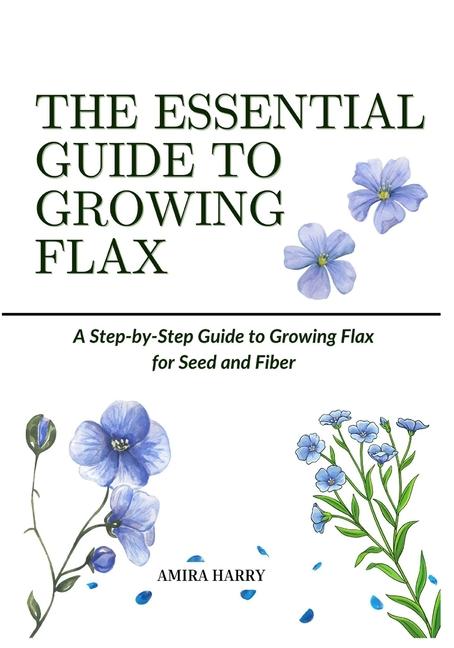Description
Traditionally, flax fiber has been harvested and processed into linena textile famed for its coolness, strength, and biodegradability. In addition, flaxseed often referred to as "linseed" when used to make oil is valued for its high concentrations of dietary fiber, lignans, which are plant chemicals with antioxidant qualities, and omega-3 fatty acids. Flax holds a special place in contemporary agriculture and industry because it promotes sustainable crop rotations, helps create better soils, and serves as a raw material for a wide range of products, including paints, varnishes, health foods, animal feed, and even sophisticated bio-composite materials.
This overview will cover the cultivation, processing, and contemporary use of flax, assess its environmental and economic advantages, and review current research focused on improving its production, resilience, and value. Flax presents an intriguing combination of history and innovation, appealing to both growers in search of a low-input rotational crop and entrepreneurs investigating renewable bio products.
Product Details
- Jun 20, 2025 Pub Date:
- 9798288960611 ISBN-10:
- 9798288960611 ISBN-13:
- English Language




